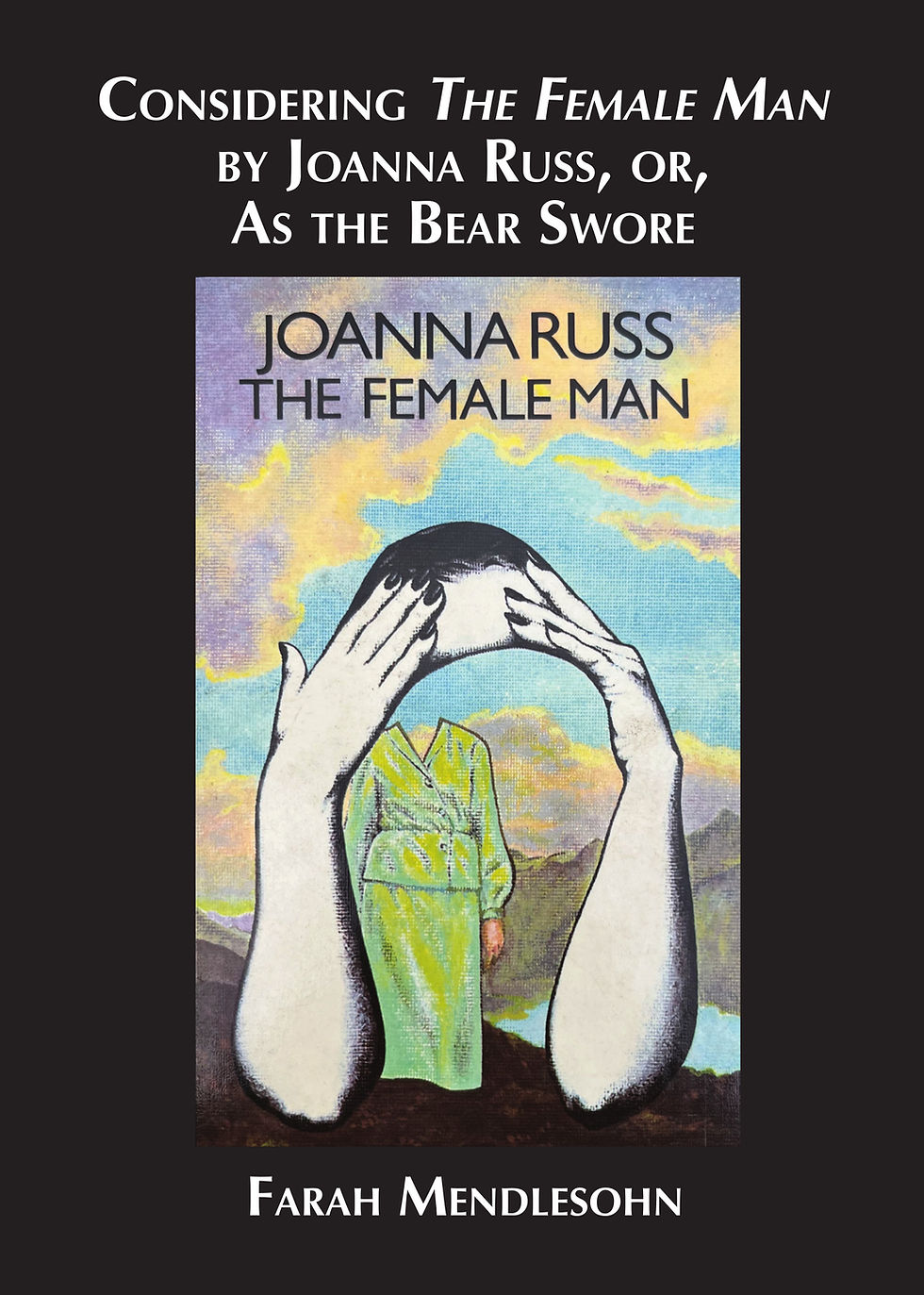C4P: Josephine Maria Yanasak-Leszczynski-Polyamory in Science Fiction Societies
- Francesca T Barbini
- Jun 29, 2020
- 2 min read

Luna's fourth Call for Papers, Ties That Bind: Love in Fantasy and Science Fiction will be released on Saturday the 1st of August. Here is a chance to discover the 11 brilliant papers you will find in the book.
Today, we would like to introduce you to Josephine Maria Yanasak-Leszczynski (USA). Science Fiction and Horror Author, museum education curriculum writer, Film Critic.
“Polyamory in Science Fiction Societies”
Abstract:
Modern Terran societies are built on binary relationships, from laws to television shows. While polyamory is on the rise, it will be a long time before we see its effects in our overarching cultural structures. Yet some science fiction works are already doing the work of imagining accepting polyamory as a normalized relationship structure. When we look toward expansion into space, we see infinite possibilities. We find intersections between already formed alien societies, foreign biology and newly formed social structures to account for the random elements that will decide our fate in the great beyond. Books that explore the possibility of commonplace polyamory in humanity’s futures have developed their approaches to it extremely differently. There is no standard lexicon when discussing polyamorous relationships in the future. For instance, the protean gender and hyper-binary sexuality of Ursula K Le Guin’s The Left Hand of Darkness clashes with the gendered maturation of the Grum and Aandrisk species in Chambers’ The Long Way to a Small, Angry Planet, suggesting that when we imagine a binary set of genders fluidly, promiscuity is not always a requirement. In the Dispossessed, Le Guin suggests a principally nonmonogamous society that only becomes monogamous if both parties accept it and as long as both wished to remain so. Unlike so many current Earth societies, there is no expectation that monogamy is the norm or will be a state that lasts forever: “for better or for worse”, as it were.
Robert Heinlein’s Stranger in a Strange Land takes us back to earlier days of human exploration, when Mars and Earth were our primary planetary expansion. The polyamory here is imagined on a more personal, human level as we see Earth through the eyes of a Martian-raised earthling returning to the planet of his parentage for the first time. Dune by Frank Herbert provides a more traditional view of polyamory, copying traditional models of polygamy toward the purpose of interplanetary empire. Published in the same era as Heinlein’s work, it also shows that authors were both pushing traditional views of polyamory and inventing their own since early days of science fiction as a genre. Josephine Maria Yanasak-Leszczynski is the author of the post- Lovecraftian novel A Coven in Essex County (Visitant, 2016), and a contributing essayist to the film criticism work at Gayly Horror. Her criticism and words have appeared on FemHype, FemPop, and elsewhere. When not writing, she is presenting papers and moderating panels on the role of gender and sexuality in genre fiction.
Ties That Bind: Love in Fantasy and Science Fiction
is now in pre-order!
#Callforpapers2019 #AcademiaLunare #TiesThatBindLoveinFantasyandSF #FrancescaTBarbini #JosephineMariaYanasakLeszczynski





Comments